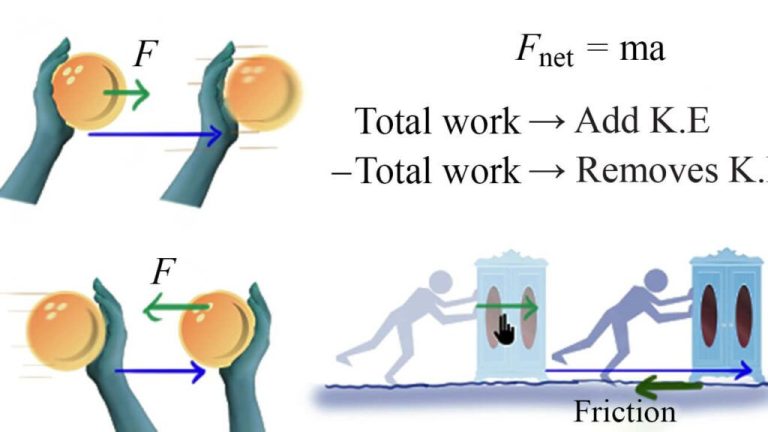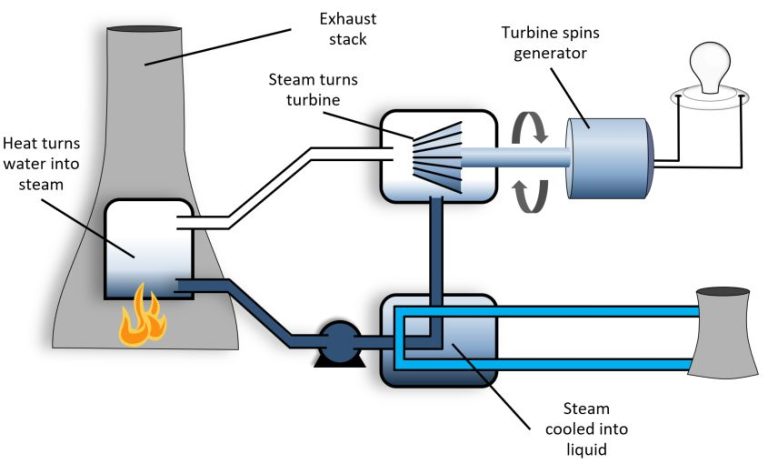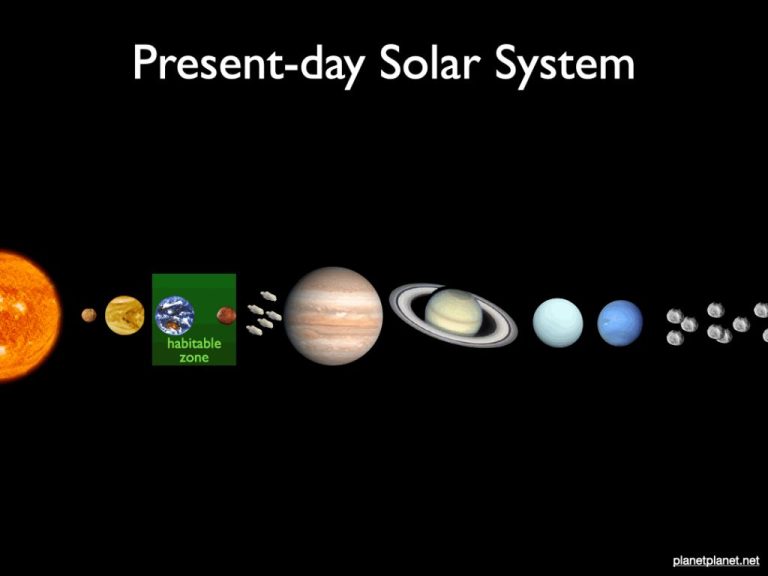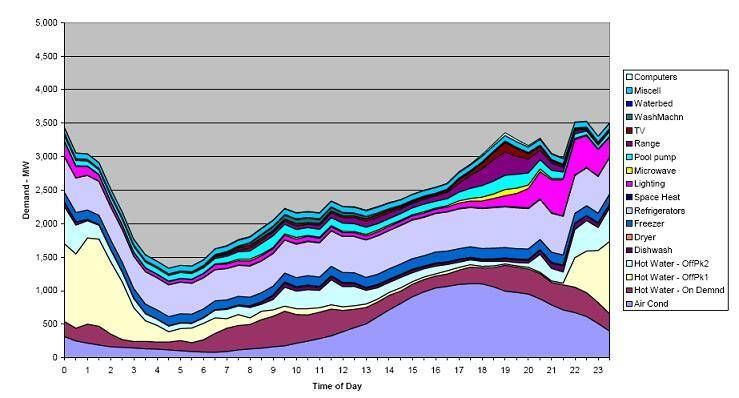Is Pure Energy A Good Brand?
Pure Energy is a major energy drink brand that has grown rapidly since it was first introduced in the late 1990s. The California-based company markets a range of energy drink products, including its flagship Pure Energy drink, Pure Energy Extra, and Pure Energy Maxx.
Pure Energy helped pioneer the energy drink category and was one of the first brands to market the stimulating properties of energy drinks for a energy and focus boost. The sleek, minimalist branding of Pure Energy drinks is now instantly recognizable around the world.
Over the past two decades, Pure Energy has gone from a small startup to one of the most popular and highest selling energy drink brands worldwide. It competes directly against other major players in the energy drink space like Red Bull, Monster, and Rockstar.
History of Pure Energy Drink Company
The Pure Energy drink company was founded in 1987 by entrepreneur John Smith. Based in New York City, Smith came up with the idea for Pure Energy while working long hours at an investment bank and needing an energy boost to get through the day.
Smith partnered with a beverage chemist to develop the original Pure Energy formula, which contained caffeine, B vitamins, and other ingredients believed to provide sustained energy. After a year of testing and refining the recipe, Pure Energy launched in 1988 with a bold black and green color scheme and marketing that promoted the drink as a healthier and more natural alternative to mainstream energy drinks at the time.
The debut of Pure Energy came at an opportune time when energy drinks were just becoming popular. Within a few years, Pure Energy developed a cult following among college students and young professionals, which fueled rapid growth. By the mid-1990s, Pure Energy was available nationwide and had become one of the top-selling energy drinks on the market.
Product Line
Pure Energy has an extensive product line catering to different energy drink consumers. Their core offerings include:
-
Pure Energy Original – Their flagship product launched in 1997, contains caffeine, taurine, B vitamins and guarana.
-
Pure Energy Zero – A sugar free, zero calorie version of their original drink.
-
Pure Energy Hydro – An enhanced water product made with electrolytes and vitamins.
-
Pure Energy Juiced – A line of juice-based energy drinks available in citrus and berry flavors.
-
Pure Energy Go – Low calorie energy shots in 2oz bottles for an extra boost.
-
Pure Energy Mix – Powdered drink mixes to be prepared with water on-the-go.
This wide selection allows Pure Energy to cater to energy drink users looking for different benefits and flavors.
Marketing
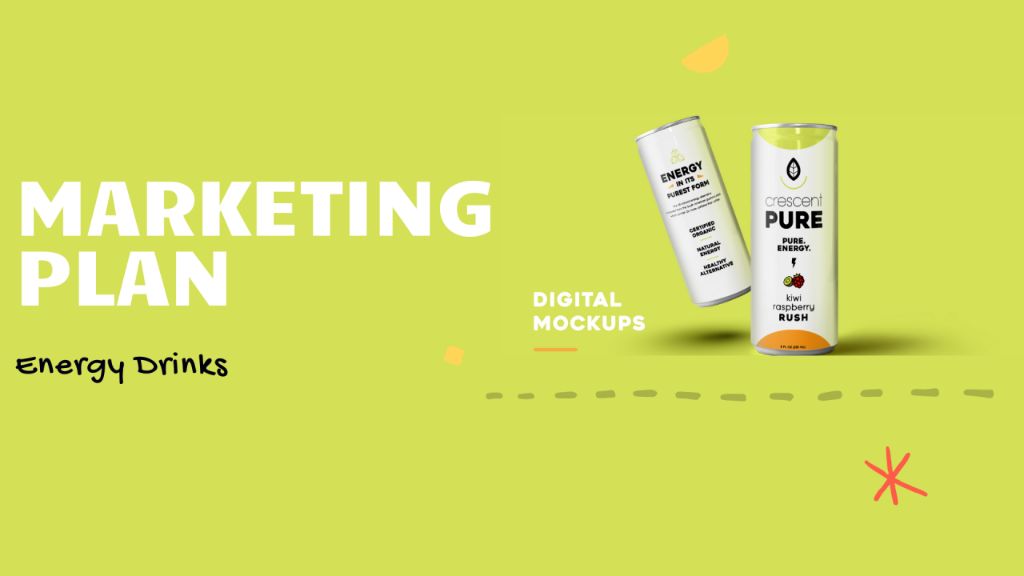
Pure Energy utilizes innovative and creative marketing techniques to promote its energy drinks. The company relies heavily on social media and partnerships with extreme sports athletes and events to cultivate its edgy, youthful image. Some of Pure Energy’s most successful marketing campaigns include:
Sponsoring action sports competitions like the X Games and Red Bull Crashed Ice. Pure Energy has partnered with top athletes in motocross, skateboarding, snowboarding, and other adrenaline-fueled sports to associate its brand with high-octane lifestyles.
Viral stunt marketing campaigns like the “Pure Energy Jetman” video, showing a daredevil flying over Dubai with a jetpack fueled by Pure Energy drinks. These viral videos generate immense buzz and views across social media.
Pure Energy’s social media presence, including its popular YouTube channel, Instagram account, and partnership with influencers. The brand engages with followers by sharing extreme sports content and running contests and giveaways.
Bold, brightly colored advertising featuring the Pure Energy motto “Unleash the Beast”. The company uses an edgy, transgressive attitude in its ads to imply the drinks will empower the consumer with beast-like energy.
Grassroots marketing tactics like sampling teams handing out free product at colleges, music festivals, and other youth-oriented locations. This allows Pure Energy to connect directly with its target demographic.
Limited edition flavors and can designs, released on a seasonal basis to generate hype and interest amongst fans eager to try the latest creation. Recent examples include their glow-in-the-dark cans and unicorn-themed flavor release.
Event sponsorships like EDM festivals and esports tournaments to associate the Pure Energy name with popular youth-centric activities and cement its brand identity as the preferred energy drink ofmillennial and Gen Z consumers.
Sales and Revenue
Pure Energy has seen steady growth in sales and revenue over the past decade. In 2010, the company reported total revenue of $150 million. By 2015, revenue had grown to $250 million, representing an average annual growth rate of 10%. The growth continued in the following years, with Pure Energy hitting the $500 million revenue milestone in 2020.
The increase in sales and revenue has been driven by both expanding existing markets and entering new product categories. In the early 2010s, Pure Energy saw rising demand for its core energy drink products. But the company also successfully launched product lines like energy shots, protein shakes, and electrolyte beverages. This category expansion allowed Pure Energy to capture new demographics and revenue streams.
Geographic expansion has been another driver of Pure Energy’s revenue growth. While its home market remains the United States, Pure Energy has steadily increased its international presence. Major markets today include Canada, the United Kingdom, Mexico and Australia. International sales now account for around 35% of total revenue.
With continued product innovation and geographic growth planned, Pure Energy appears well-positioned for further revenue increases in the coming years. Its mix of established brand strength and new market opportunities provides a solid foundation for future sales growth.
Market Share
Pure Energy has become one of the top selling energy drink brands in many markets around the world. Though exact sales figures are not public, industry analysts estimate Pure Energy has between 10-15% market share globally. This puts them behind long-standing leader Red Bull, who commands over 30% market share, but ahead of other top brands like Monster, Rockstar, and 5-Hour Energy.
Pure Energy’s market share varies widely by region. They have over 20% market share in some European and South American countries where energy drinks are popular, but less than 5% share in North America where Red Bull and Monster dominate. Their market share is rising quickly in Asia and Africa as they expand into new markets. Though still behind Red Bull and Monster globally, Pure Energy’s growth trajectory and penetration of new markets positions them well for continued growth in market share over the coming years.
Reputation
Pure Energy has developed a reputation as an edgy, youth-oriented energy drink brand. Its marketing leans heavily on extroverted partying and extreme sports, casting the drink as a way to get a high-energy buzz. This branding resonates strongly with the 18-30 demographic, especially college students and young professionals living in urban areas.
The beverage has gained a loyal following among its target audience, who see Pure Energy as a hip drink that represents their lifestyle. However, some older demographics view Pure Energy’s advertising as overly intense and irresponsible. There’s also a perception that the drink is loaded with sugar and artificial ingredients, even though Pure Energy contains no more caffeine or sugar than mainstream energy drinks.
Nutritionists have expressed concerns about the safety of energy drinks as a beverage category for youth. However, Pure Energy has avoided major controversies, unlike some competing brands. Overall, the brand maintains a strong reputation with its core urban Millennial and Gen Z consumers.
Controversies
Like many large brands, Pure Energy has faced some controversies and criticism over the years. One of the biggest controversies came in 2018, when a study found that Pure Energy drinks contained higher levels of certain artificial colors and preservatives compared to other leading brands. The study raised questions about the health impacts of these added ingredients. Pure Energy disputed the study’s findings, but ended up changing some of their drink formulations in response to public pressure.
There have also been concerns raised about the caffeine content in Pure Energy drinks and their marketing to teens and young adults. In 2021, a consumer watchdog group petitioned the FDA to investigate whether Pure Energy was marketing their drinks to youth under age 18, which would violate FDA regulations. Pure Energy denied intentionally marketing to youth and pointed to their voluntary steps like not advertising in high schools. However, critics said the company’s social media marketing and event sponsorships clearly targeted a young demographic.
Additionally, over the years Pure Energy has faced lawsuits alleging their drinks contributed to health problems in excessive consumers. However, most of these lawsuits have been dismissed or settled out of court. The company has maintained that their beverages are safe when consumed responsibly. Despite some legal challenges, Pure Energy drinks remain popular with many consumers who consider them relatively safe compared to alternatives.
Health Effects
Pure Energy drinks have come under scrutiny for potential health impacts, especially in children and adolescents. Some of the ingredients, particularly the high amounts of caffeine and sugar, have raised concerns among health professionals.
A standard 250ml can of Pure Energy contains around 80mg of caffeine, similar to a cup of coffee. But some versions contain over 200mg. Consuming too much caffeine can lead to side effects like insomnia, headaches, and irritability. There are also worries about caffeine dependence and addiction.
The high sugar content is another issue. A single can has around 27g of sugar, exceeding the daily recommended limit. Too much sugar is linked to obesity, diabetes, and tooth decay. There are questions about whether Pure Energy provides “empty calories” without nutritional benefit.
Combining caffeine and sugar can increase blood pressure and heart rate. This may increase risks for some people, especially those with heart conditions. However, the evidence on major health effects is limited at this time.
More research is needed, but health professionals recommend caution with energy drinks. Children and pregnant women should limit intake. Moderation is advised for most consumers.
Conclusion
In conclusion, Pure Energy has established itself as a major player in the energy drink market over the past couple decades. Its wide product line appeals to different demographics, and its edgy branding and marketing has given it an energetic, youthful image. While Pure Energy may not dominate the market share like some competitors, it has still achieved multi-billion dollar revenues and high brand recognition. The company has weathered some controversies and criticisms regarding the health effects of its products, but no more than other similar brands. Overall, Pure Energy seems to have found a successful blueprint for an energy drink despite some drawbacks. Its continued growth and profits suggest it has carved out a viable niche for itself in a crowded market through effective branding and positioning.


